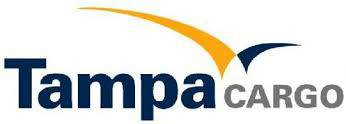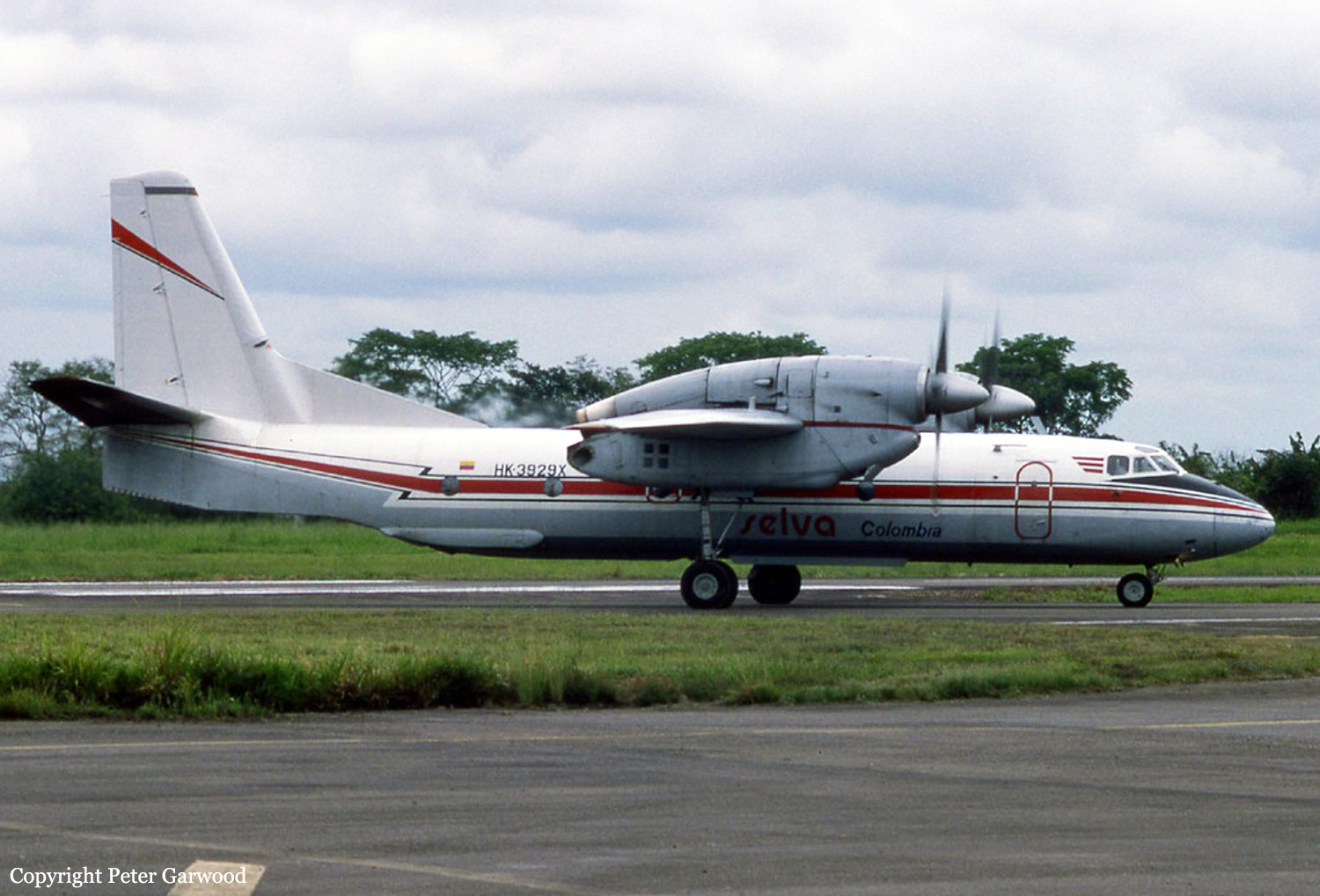Crash of a Rockwell Sabreliner 40 in Khartoum
Date & Time:
Oct 15, 1994
Registration:
N7143N
Survivors:
Yes
Schedule:
Khartoum - Khartoum
MSN:
265-70
YOM:
1962
Crew on board:
2
Crew fatalities:
Pax on board:
0
Pax fatalities:
Other fatalities:
Total fatalities:
0
Circumstances:
In 1992 an Egyptian-American airline pilot, Essam al-Ridi, was tasked to purchase a light aircraft on behalf of Osama bin Laden who wanted to use it to ferry among other Stinger missiles from Afghanistan to Sudan. The aircraft was purchased and ferried to Khartoum, Sudan, where it was parked for a long period of time. In 1994 al-Ridi was asked to prepare the plane to be used. It appeared that the tires had deflated, the engine intakes and exhaust were full of sand and the batteries were dead. The tires were inflated and the hydraulics were charged with hydraulic fluid only, without using any nitrogen. The engines were started and the aircraft took off for a test flight. After flying three touch and goes the aircraft landed. The main braking system failed and the alternate braking system did not work either. Fuel was cut off and the engines were shut down. The aircraft failed to stop and traveled off the runway at a speed of 60 knots until it ran into a sandpile. The aircraft sustained substantial damage and was left behind at Khartoum.
Source: ASN and http://cryptome.org/usa-v-ubl-05.htm
Source: ASN and http://cryptome.org/usa-v-ubl-05.htm











